- Thread starter
- #61
StealthtireGr
New Member
Understand, but it's going to be next to impossible to do that once the SCROG starts to fill up! It's in a 1 gallon container now, the others are in a 2.25 gallon containers.
STG
STG
How To Use Progressive Web App aka PWA On 420 Magazine Forum
Note: This feature may not be available in some browsers.
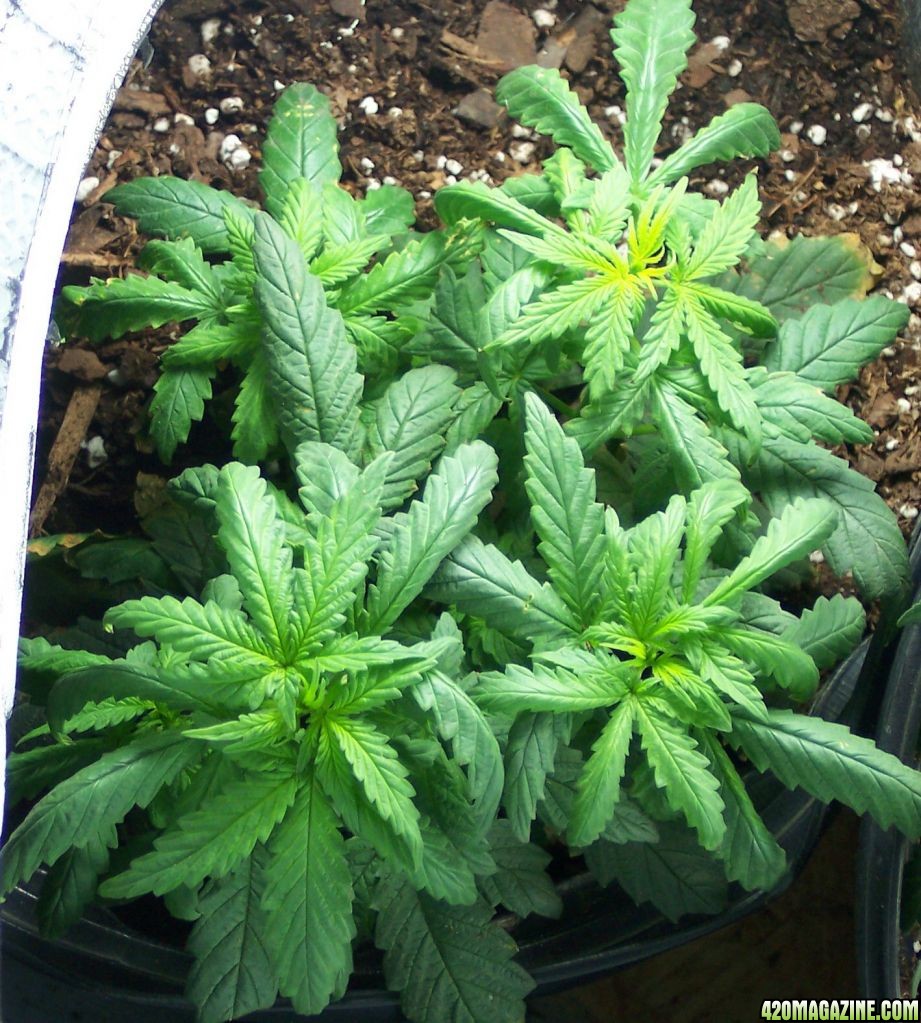
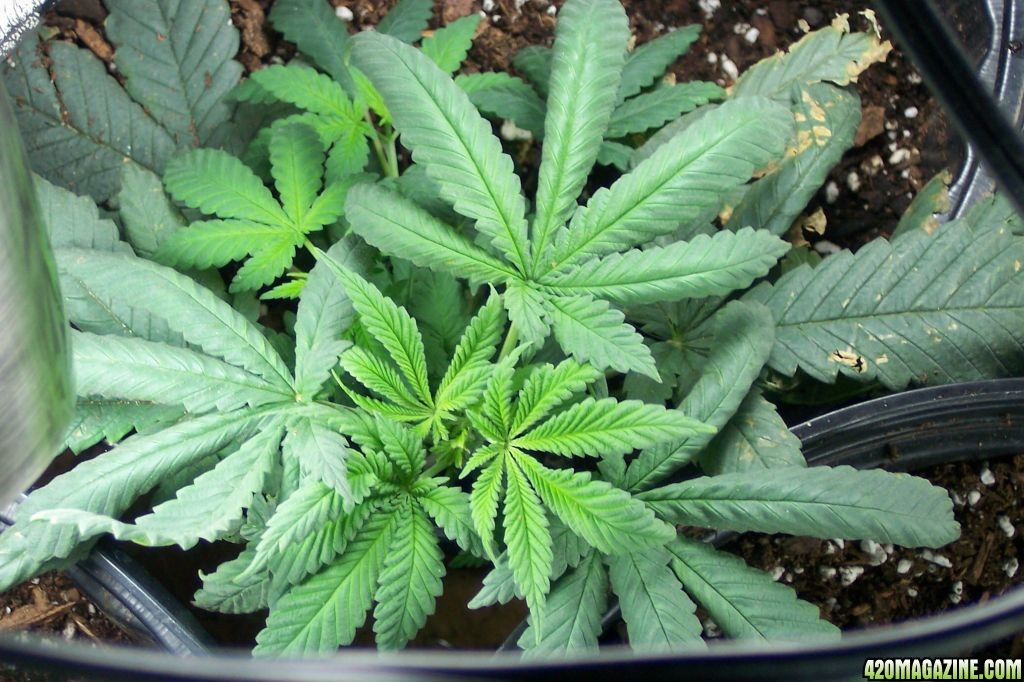
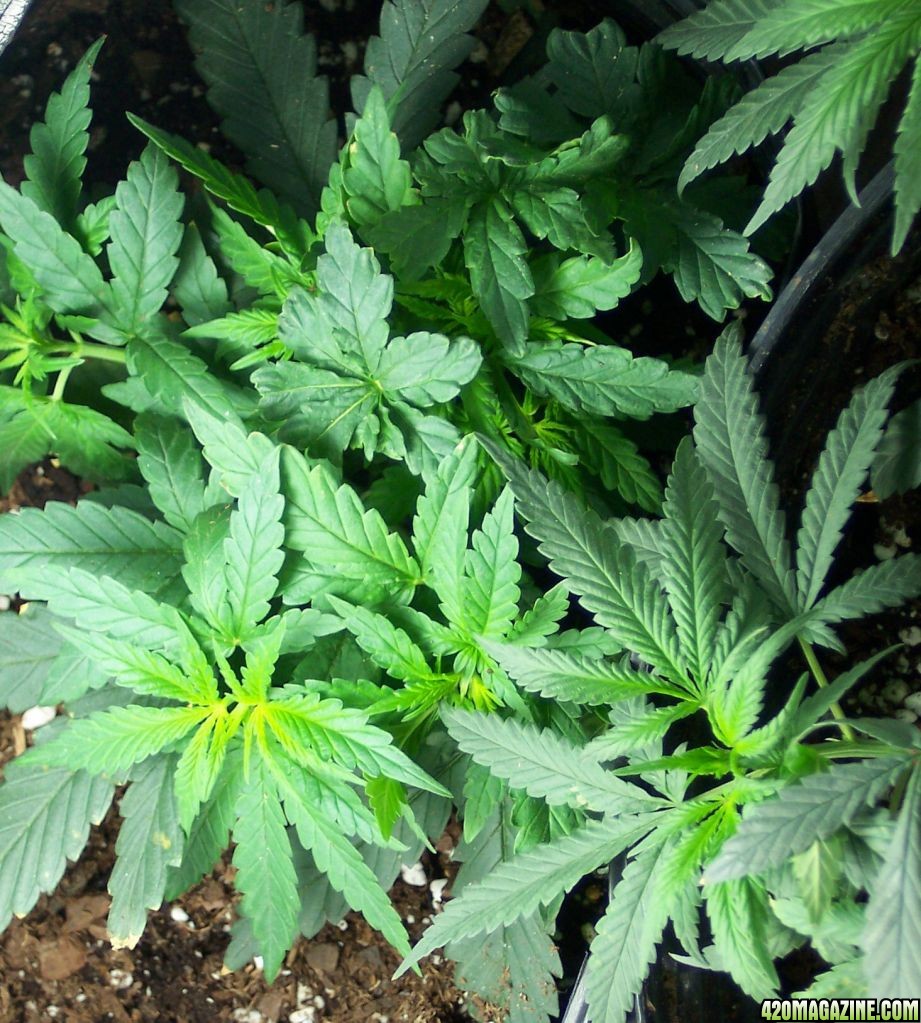
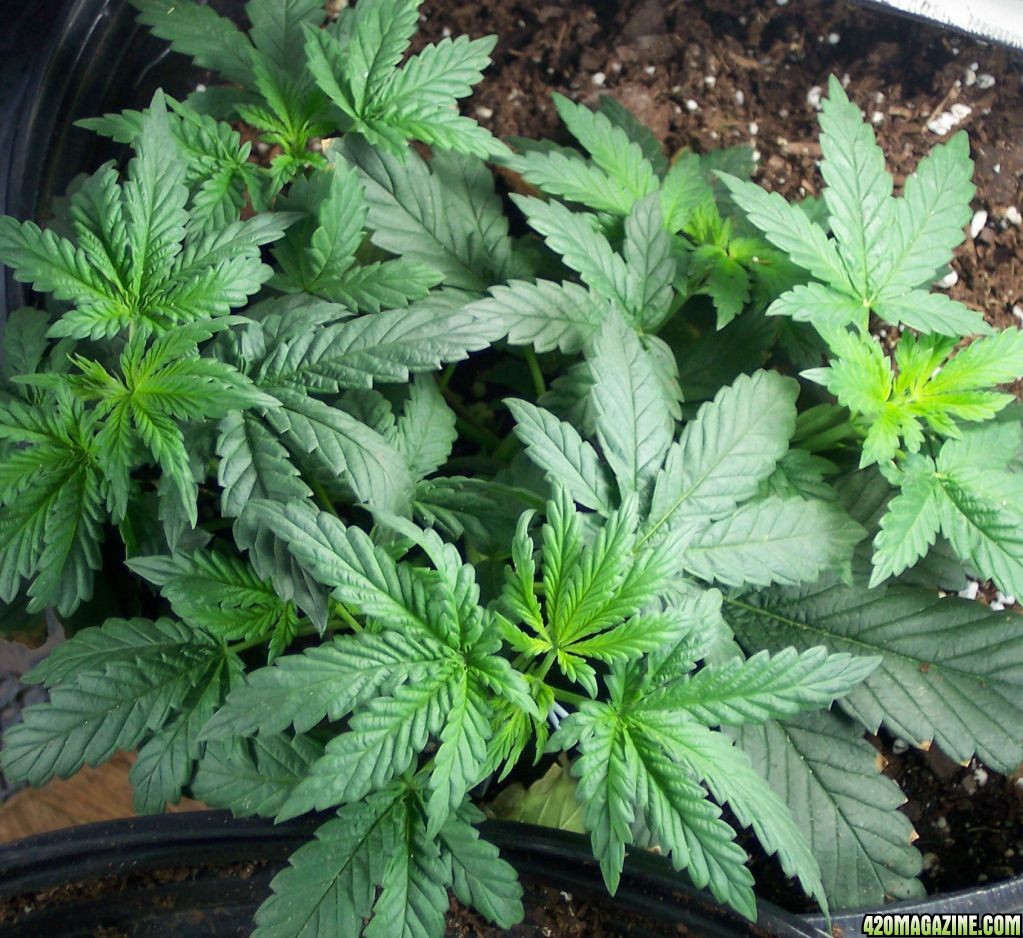
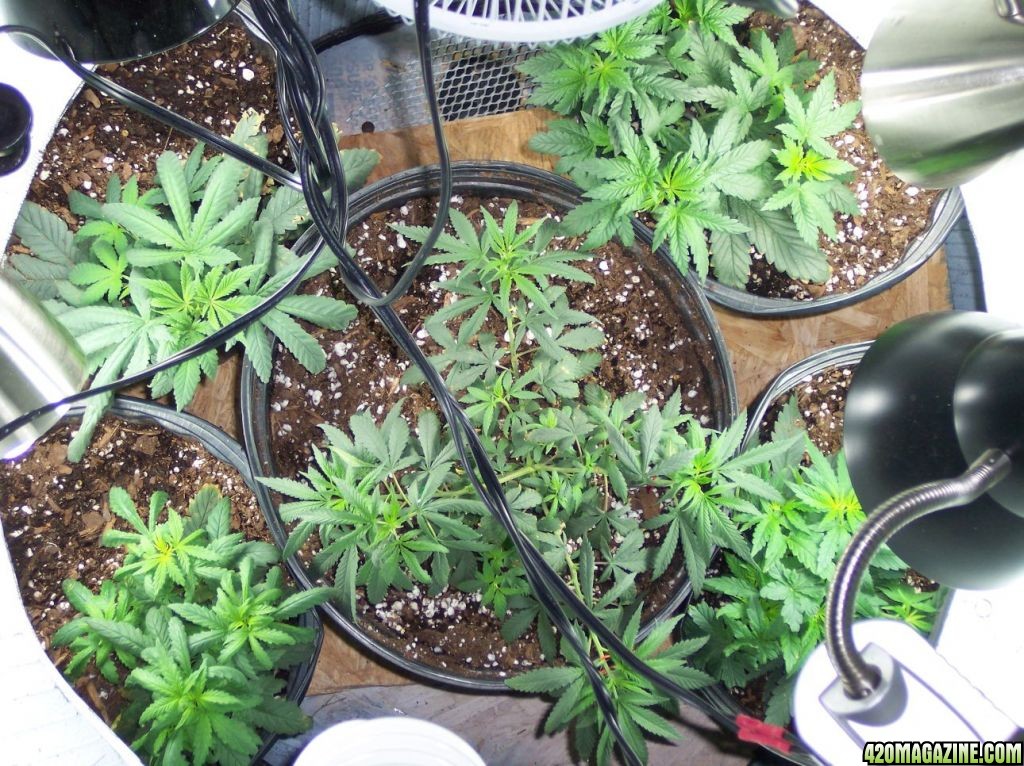


 LOL!
LOL!  It's coming I'm sure!
It's coming I'm sure!